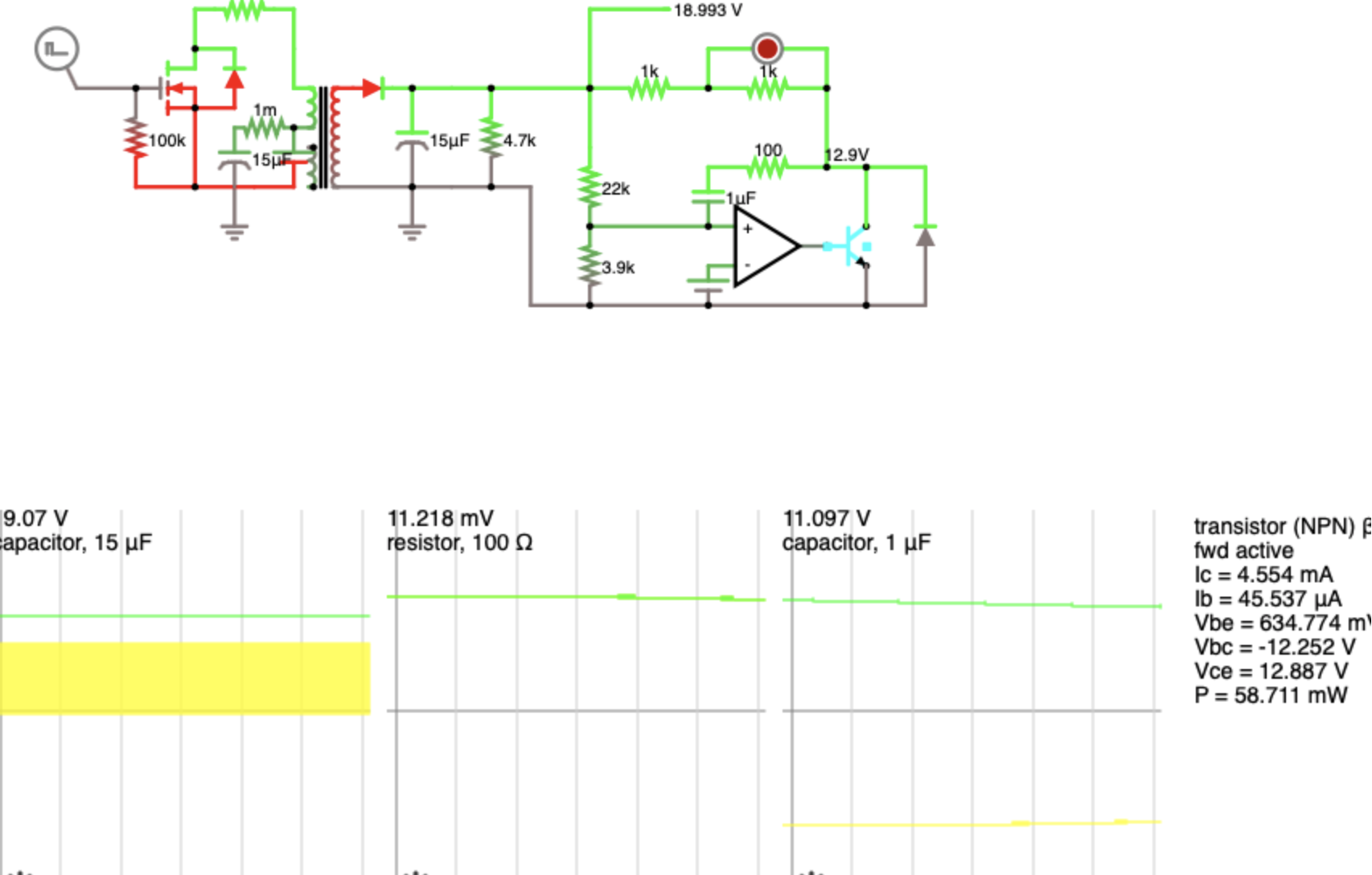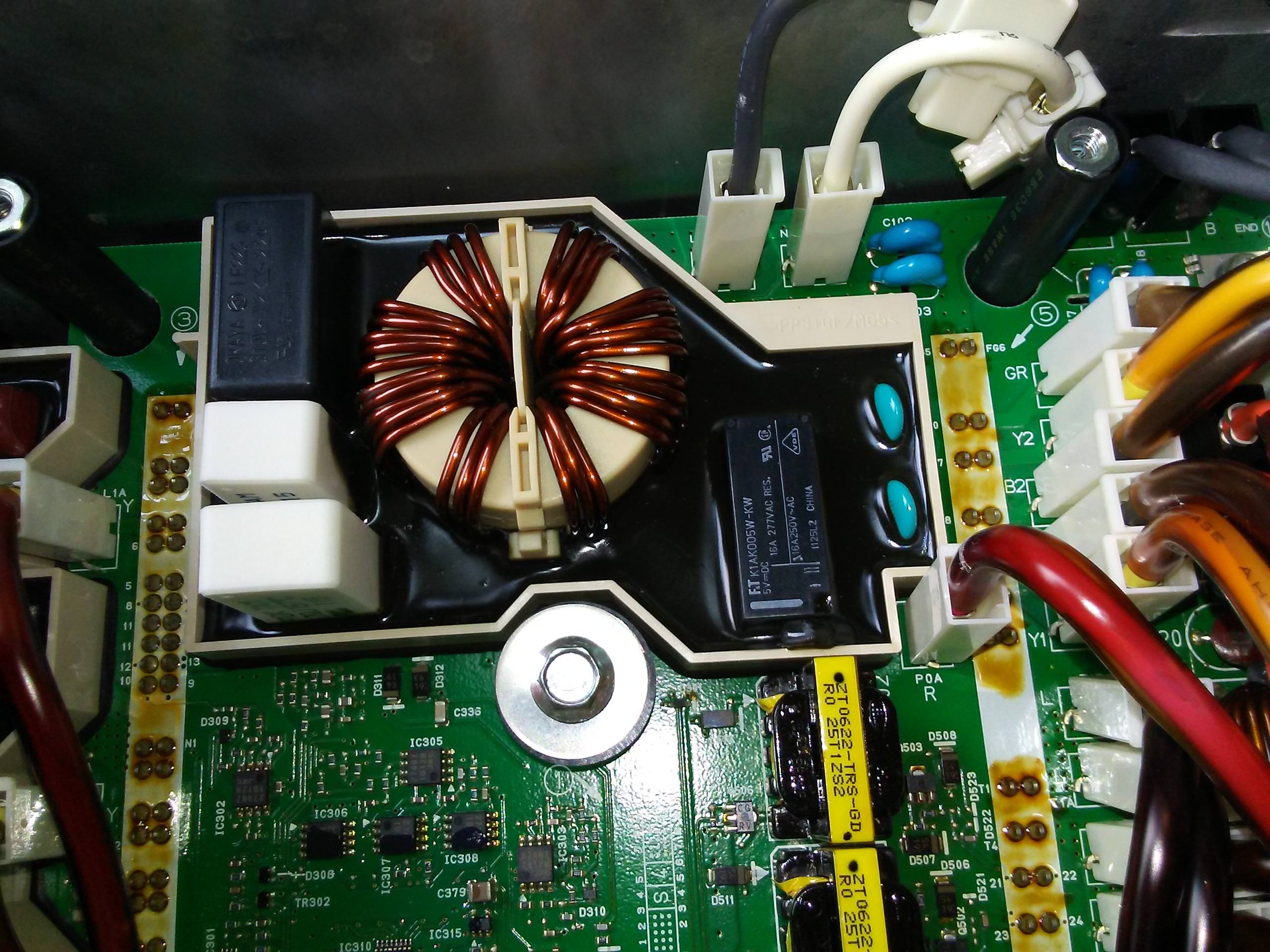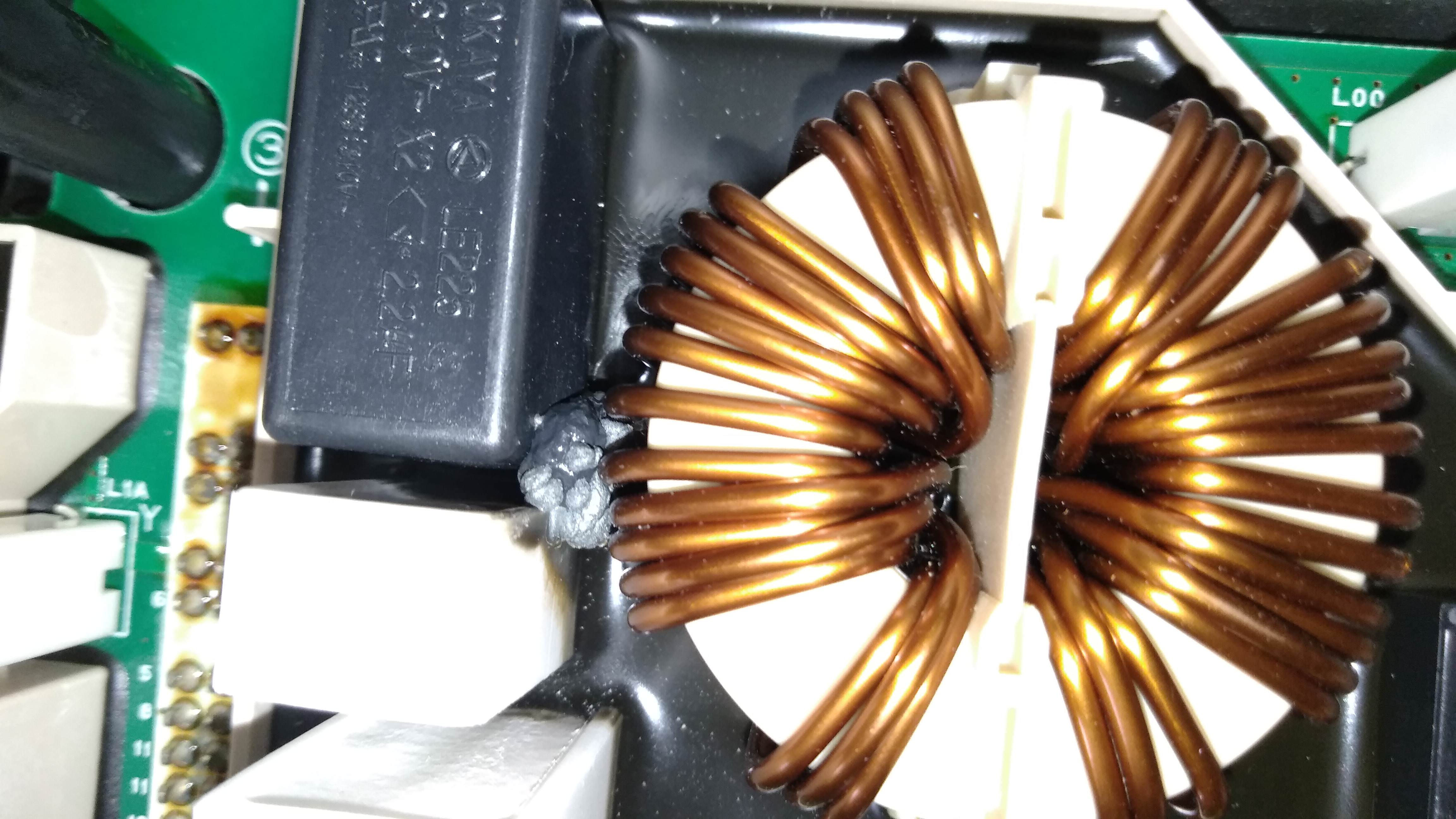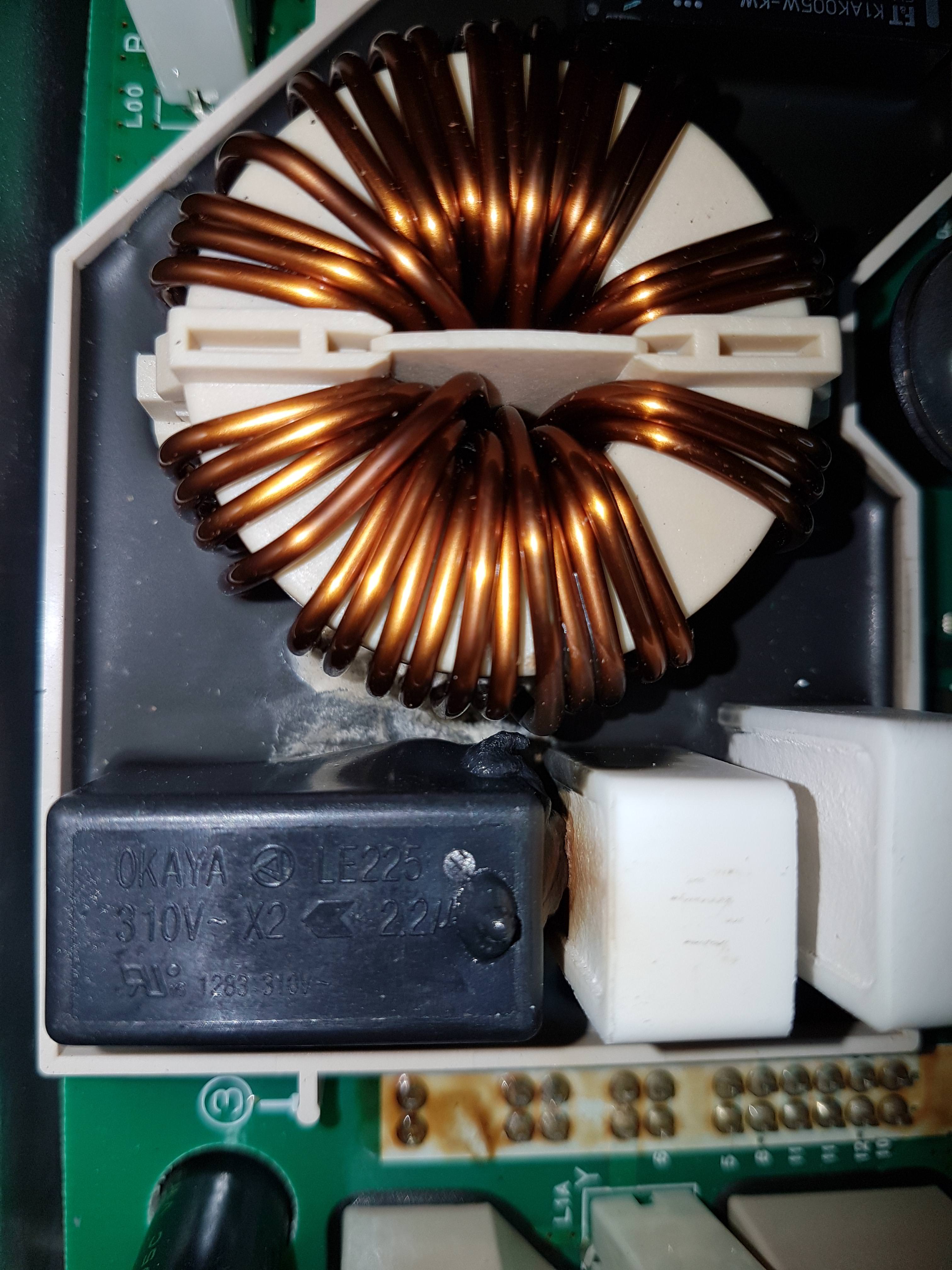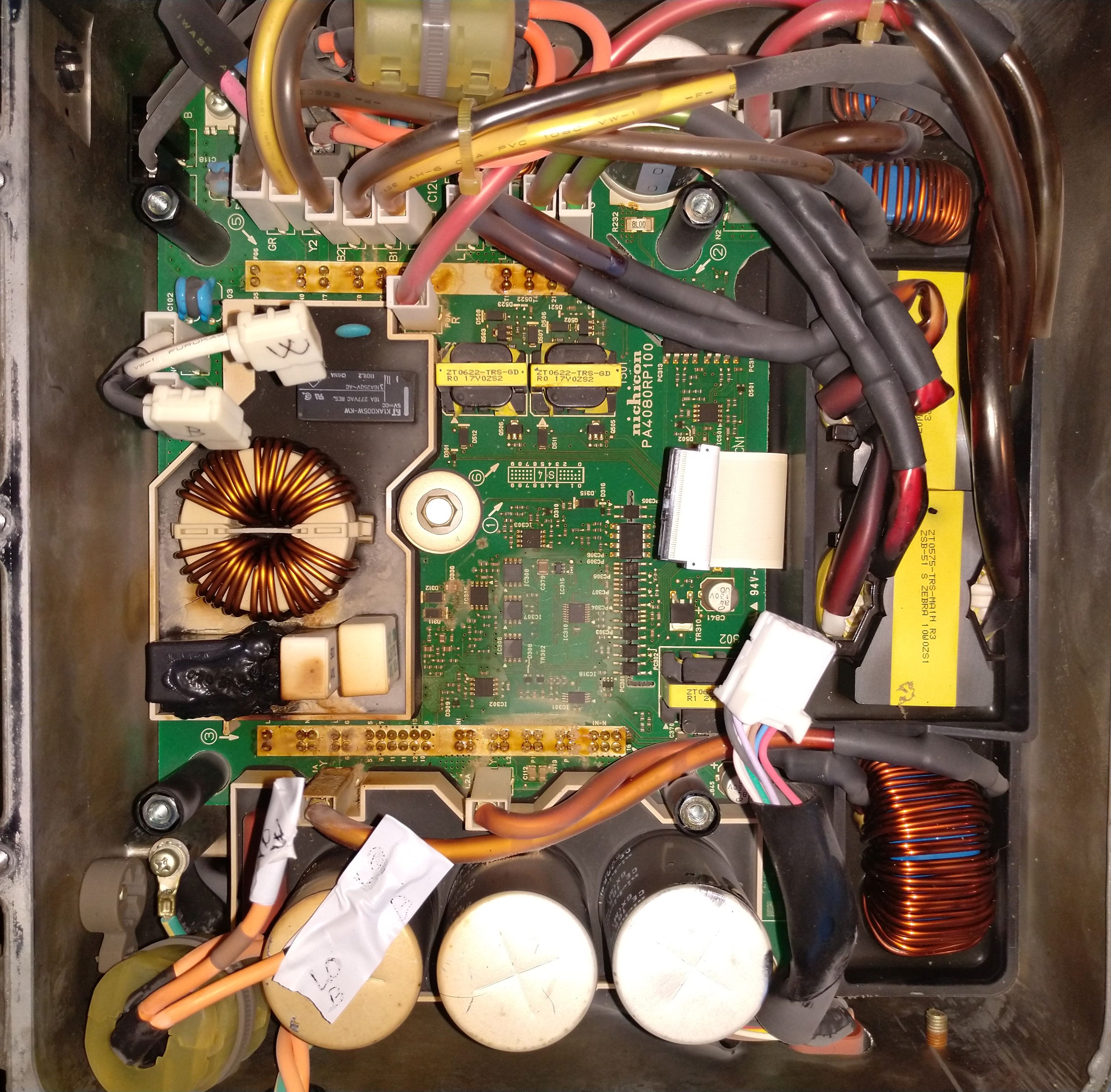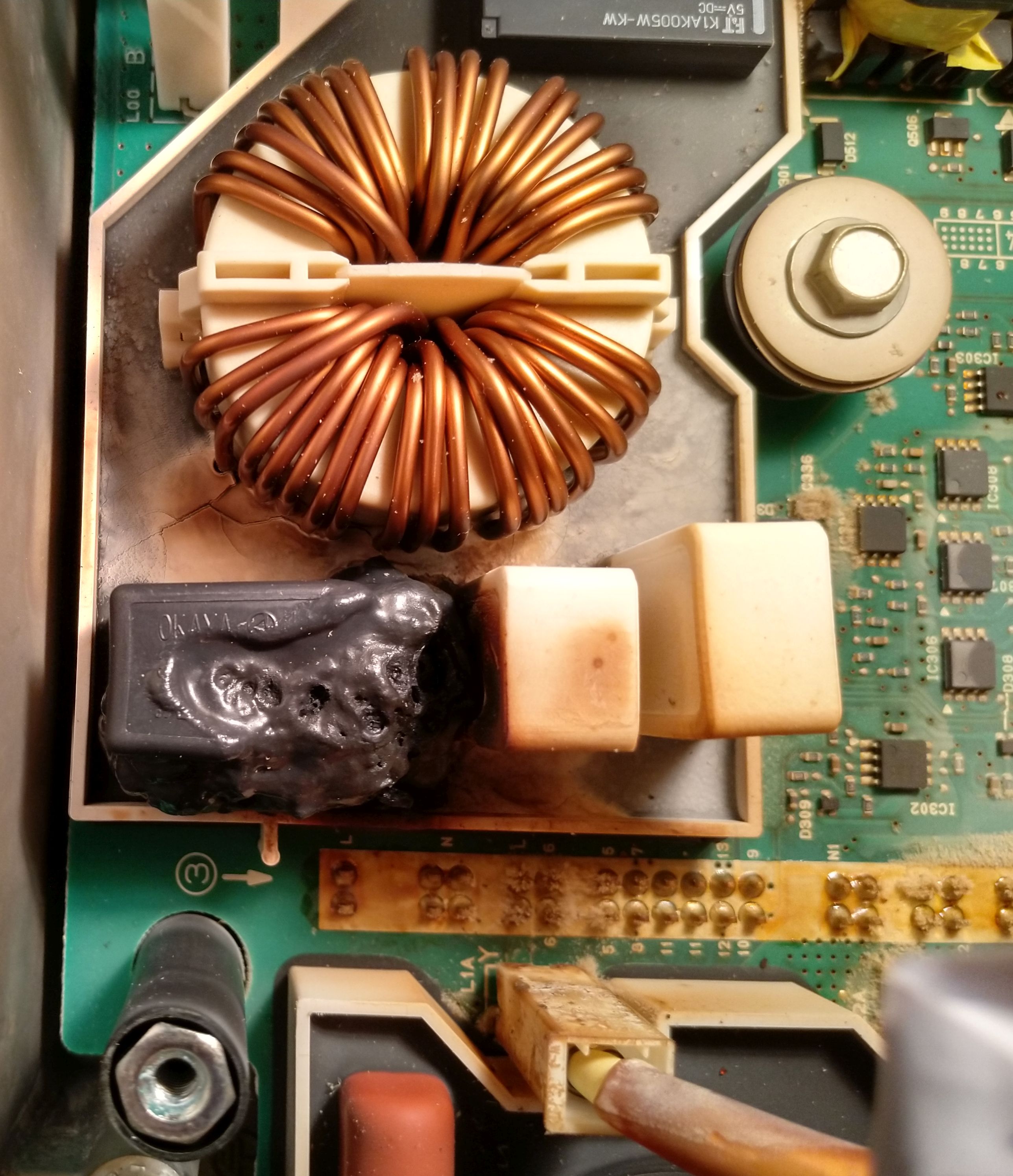kiev said:
Howdy Daniel,
Sorry to hear that you are having a problem, but maybe it can be repaired. We need to know more about how the car is responding. You said that CHAdeMO charging works, but that EVSE charging fails.
Does the car go to READY in a normal manner and run and drive okay?
Does the 12V aux battery voltage get up to 14.4 when the car is in READY?
Did you check the 20A fuse underneath the small cover plate of the Motor Control Unit aka inverter? Usually that has blown if there has been a failure in the OBC, and the 12V aux will not be charging while in READY.
Based upon the crackling sound you describe coming from under the car in the pack, i would suspect that one or more of the main contactors has been damaged by intermittent holding when current was flowing. This could damage the precious metal surfaces of the contact points. The other idea is that the pre-charge resistor has been overheated and gone open circuit. But if any of these has occurred then the car will not go to READY.
take care,
kenny
Hello Kenny,
On very beginning, many thanks for your wish to help. I realize now that I am not alone. Regarding your suggestions:
Car go to READY in a normal manner and run and drive. All is totally normal, and I am driving it like this more than 20 days.
The 12V aux battery voltage get up to 14.3-14.4 when the car is in READY, battery is 3 months old, so almost new. This was first issue that I did check (I follow all instructions on first page of this thread).
I did not check the 20A fuse of MCU, since the car 12V is charging, and car does not have any error.
Both suggestion for the main contactors and pre-charge resistor I did not take under probable cause since the car was going in READY and drives normally.
Even I am Biotechnology engineer and not specialist for EV, I first did read all post in this thread, to try to make repair without asking for help. The thing which is making me trouble is that there is no singe code with error in system, car is running normally and fast charging without a problem, so I am like a blind man having no idea where to look for possible problem. The only place I did not look for a problem is in metal box on bottom side of car, in centre, where the cable from inventor is going in since I was worry not to make a problem if I can not seal it properly after opening. Since the crackling is coming (I guess) from this part, my question is if there is rationale to open and look for a possible problem down there?
Also, the car acts when I start charging like the battery is 100% full. Maybe a stupid question, but, how the system controls and stops charging of battery? Can I look there for possible cause of problem?
Many thanks in advance for reply, any suggestion will be valuable.
Daniel


































